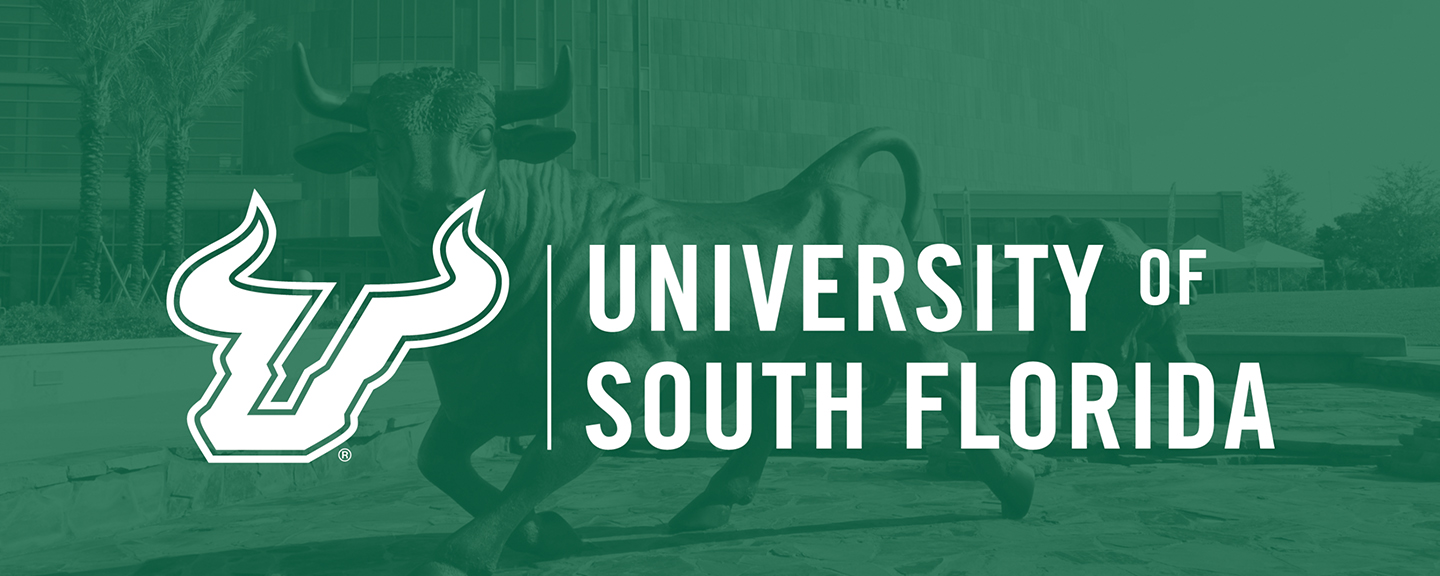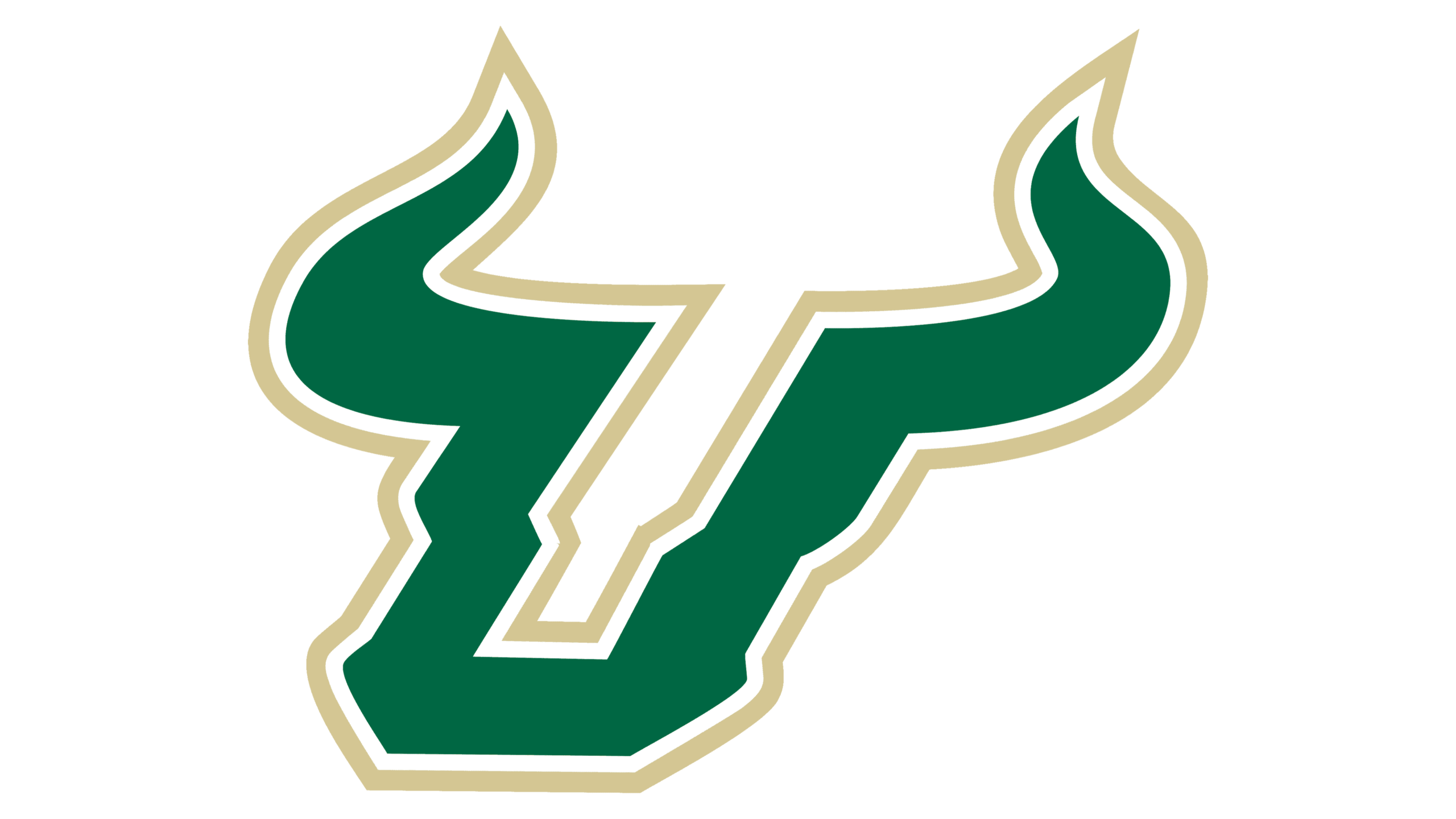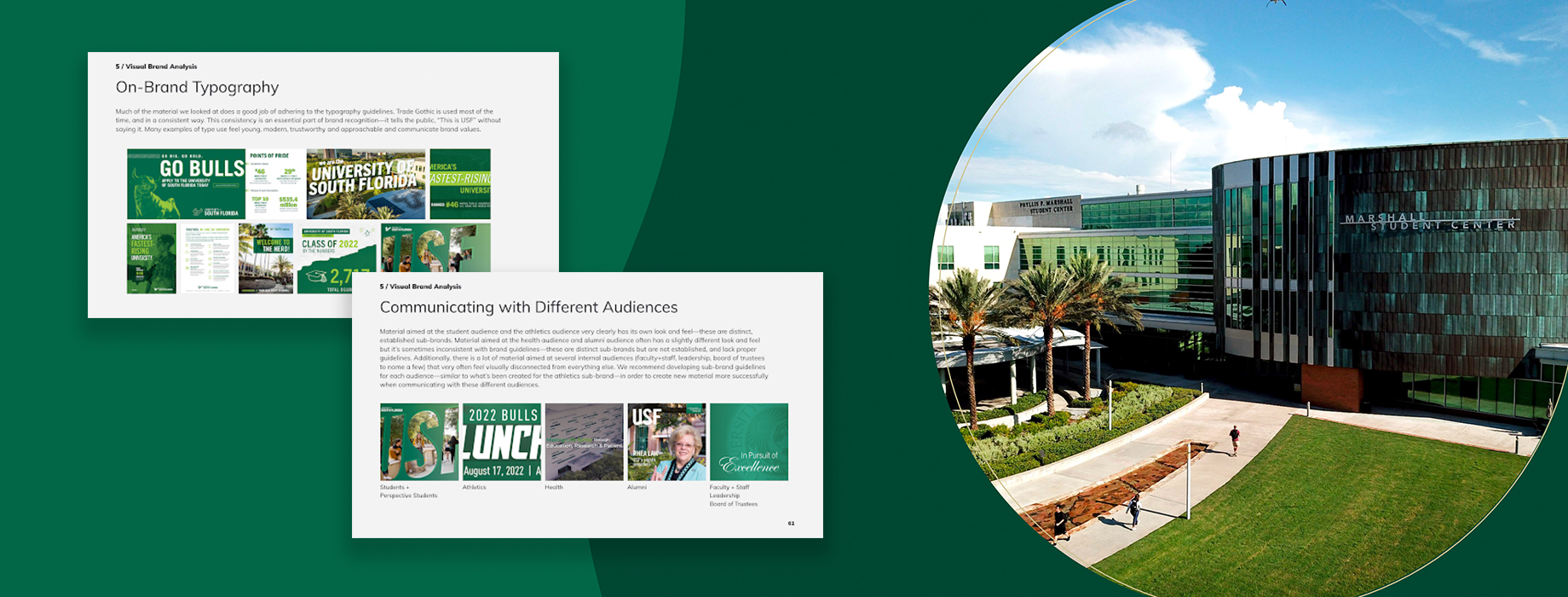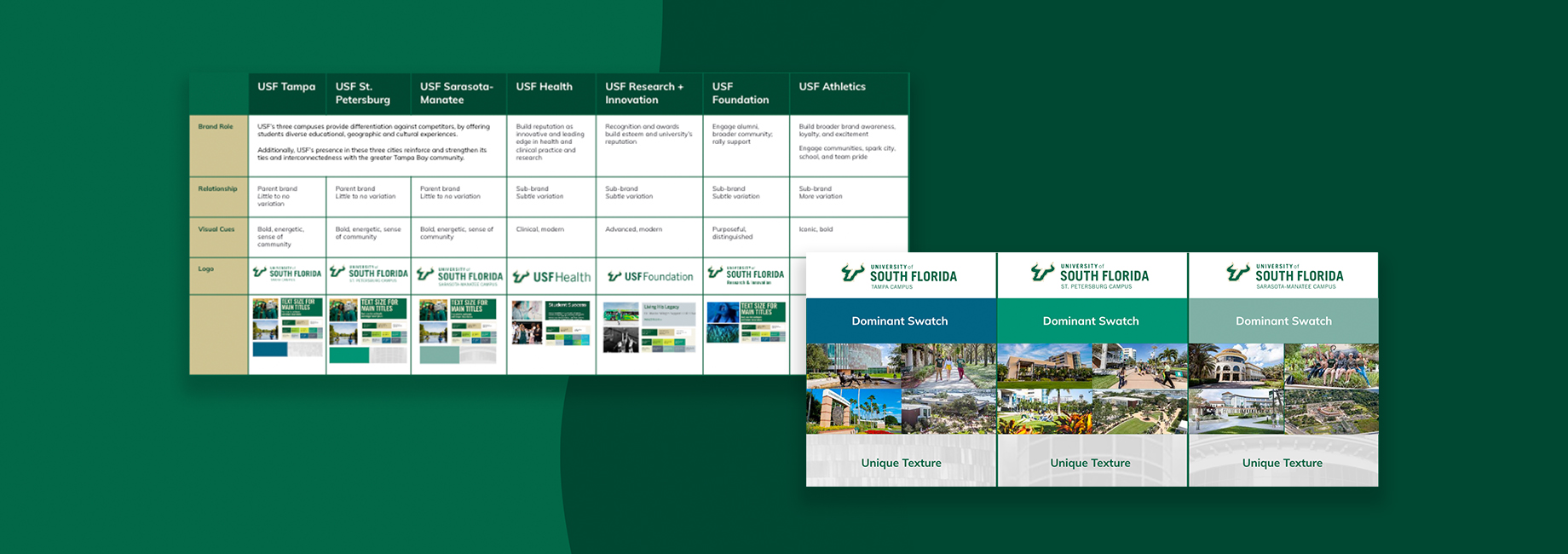
Overview
The University of South Florida (USF) is a global research university whose mission is to deliver competitive undergraduate, graduate, and professional programs, generate knowledge, foster intellectual development, and ensure student success in a global environment.
As USF climbed the national rankings, they partnered with Media Cause to create a cohesive, consistent brand across departments and campuses, positioning the university as an elite 4-year university in a way that differentiates it from other large Florida schools. We established a data measurement strategy and custom dashboard centered on their marketing and communication efforts to improve their brand reputation and build brand ambassadors. Additionally, we implemented GA4 and Google Tag Manager for each department, giving the USF Marcom team access to analytics for a more unified understanding of performance while allowing each department to maintain some of their autonomy.
Client

Issue Area
We established an updated brand architecture and a data measurement strategy that moved USF to where they wanted to be in external reputation and internal team capabilities.
6+
Channels Measured and 6+ Platforms Incorporated for Data Measurement Strategy
800+
Faculty, Staff, Leadership, Prospective Students, Students, and Community Members Surveyed to Understand the Current Brand in Order to Develop New Positioning and Guidelines
1
Set of Brand Guidelines and 1 Actionable Measurement Strategy + Dashboard Created
USF came to Media Cause for help increasing the university’s national reputation and activating internal brand champions. As a result of their immense growth, USF faced challenges with having a consistent brand voice and identity across their various departments and campuses, as well as overcoming a lingering commuter school perception. They also needed an integrated and comprehensive understanding of each department’s sites and analytics and a regular report that would ease communication and collaboration, helping teams make faster, data-driven decisions when it came to strategy.

To create unity among all departments and campuses, both within their internal data and technology systems and external messaging and design, we started with deep qualitative and quantitative research to uncover current perceived strengths and opportunities.
The insights led to crafting a brand positioning and personality that leaned into their boldly ambitious values. To establish consistency across departments and campuses, we created a brand architecture that mapped the roles, relationships, and visual expressions. Finally, we updated all of their visual guidelines to create a cohesive and unified USF.
USF needed a strong and scalable data measurement strategy that would move with them as they pivoted and iterated in the years to come. We bridged the gap between vanity metrics and meaningful performance measurement across channels to ensure that USF was equipped with the information they needed to bolster the university’s reputation and bring USF’s world-class educational programs to more students.

Brand Positioning and Messaging
Discovery
We first embarked on a comprehensive Discovery phase which included a competitive analysis, an audit of their messaging and communications across channels, and a deep dive into their visual identity and its application across branded materials, including strategic plans, newsletters, campaigns, and their website.
Audience Research
We helped USF craft a comprehensive research plan, including both focus groups and surveys, ensuring we heard from all of their audiences—including faculty, staff, students, prospective students, and community members.
Our findings uncovered beliefs and motivations that were remarkably consistent across their audiences. They were united in their passion, authenticity, ambition, and optimism. They also shared a powerful mindset: You get what you put in.
Qualitative + Quantitative Research including:
10 stakeholder interviews including with the University Provost, Department Deans, and President
Survey of 800+ faculty, staff, leadership, prospective students, current students, and community members
12 focus groups with students, faculty, staff, and community Leaders

Brand Architecture
Next, we developed a brand architecture that mapped out their roles, relationships, and visual cues for each of their three campuses as well as their sub-brands: USF Health, USF Research, USF Foundation, and USF Athletics.
Messaging Frameworks
Once the architecture was complete, we created messaging frameworks for each of their audience groups that could serve as a tool to guide content direction, usage, tone, and application.
Brand Guidelines
Finally, we refined their visual style guides for clarity and consistency, specifying parameters for usage and treatment around color, typography, photography, and graphic elements. This was completed for their three campuses as well as their division sub-brands to ensure that visual executions across all USF brands were cohesive and aligned to the brand architecture.

Data Analytics and Marketing Technology
Data Measurement – Pushing Beyond Vanity Metrics
A large part of why this measurement strategy was successful is because we hit pause on labeling vanity metrics as key performance indicators.
For example, we didn’t want to just measure the number of media hits associated with USF. While it’s nice to say, “Our organization had 500 media hits last month,” it doesn’t necessarily tell us whether the media coverage was aligned with the information shared in the press release or if it was emboldening the brand.
We needed to find a way to incorporate quality into these metrics so that the USF team could glean as much information as possible when reviewing reports. So, while we did include the number of media hits as a metric to measure, we also highlighted the number of on-message media hits and the number of media hits in target outlets as our key performance indicators.
Identifying Proxy Measures for Brand Awareness + Advocacy
National reputation ties closely with brand awareness, and our team at Media Cause worked closely with USF to refine and elevate the university’s brand. However, we did not have a brand tracker to provide information about how our work impacted brand awareness or perception for USF’s target audiences.
Without a brand tracker in place, we leaned on proxy measures to analyze trends in performance that brand work may have influenced. These included monitoring branded search volume, direct site traffic, and organic site traffic – all metrics that can be influenced by brand awareness and perception. We also incorporated a social amplification rate – or the rate at which an organization’s followers share content to their networks – as a proxy for brand advocacy.

Dashboard Development
We translated the finalized data measurement plan into an interactive web-hosted PowerBI dashboard that the USF team could use regularly to understand their marketing activities’ performance better.
The dashboard featured key performance indicators and supplementary metrics from the measurement plan, providing the team with an actionable overview of SEO, Email, Website, Social Media, and Earned Media performance all in one place. This addressed the need to unify data across a decentralized environment while providing USF with data that can feed into their marketing and communications strategy to help them reach their goals.
